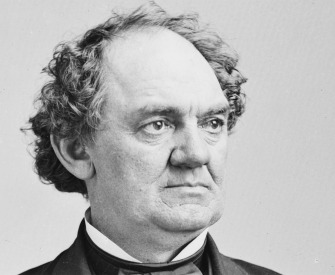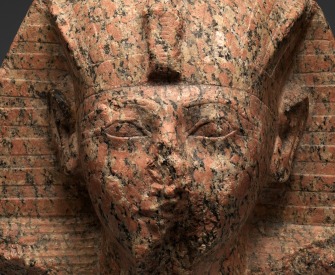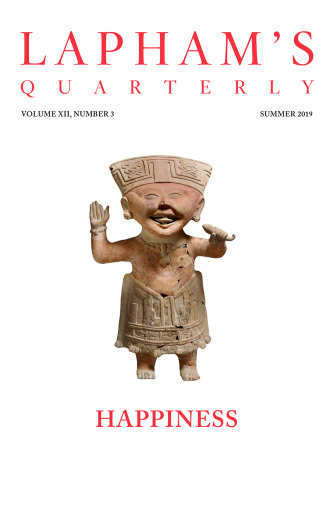An eagle had built her nest upon the top branches of an old oak; a wildcat inhabited a hole in the middle; and in the hollow part, at the bottom, was a sow with a whole litter of pigs.
A happy neighborhood, and might long have continued so had it not been for the wicked insinuations of the designing cat. For first of all, up she crept to the eagle, and “Good neighbor,” says she, “we shall be all undone. That filthy sow, yonder, does nothing but lie routing at the foot of the tree and, as I suspect, intends to grub it up, that she may the more easily come at our young ones. For my part, I will take care of my own concerns. You may do as you please, but I will watch her motions, though I stay at home this month for it.”
When she had said this, which could not fail of putting the eagle into a great fright, down she went, and made a visit to the sow, at the bottom. Putting on a sorrowful face, “I hope,” says she, “you do not intend to go abroad today?” “Why not?” says the sow. “Nay,” replies the other, “you may do as you please. But I overheard the eagle tell her young ones that she would treat them with a pig, the first time she saw you go out. And I am not sure, but she may take up with a kitten in the meantime. So good morrow to you! You will excuse me, I must go and take care of the little folks at home.”
Away she went accordingly. And by contriving to steal out softly at nights for her prey, and to stand watching and peeping all day at her hole, as under great concern, she made such an impression upon the eagle and the sow that neither of them dared venture abroad for fear of the other. The consequence of which was that themselves and their young ones, in a little time, were all starved and made prizes of by the treacherous cat and her kittens.
moral
Wicked words
Hurt more than swords.
From Fables. According to the Greek historian Herodotus, Aesop was a sixth-century-bc slave from Thrace who earned his freedom by telling fables; others claimed he was from either Sardis or Phrygia. The first known collection of Aesop’s fables appeared in the fourth century bc. This 1722 translation of “The Eagle, the Cat, and the Sow” is by the Englishman Samuel Croxall, who concludes his version by advising readers to beware those who, “in case of scandal, can magnify a gnat to the size of a camel, and swell a molehill up to a mountain.”
Back to Issue



